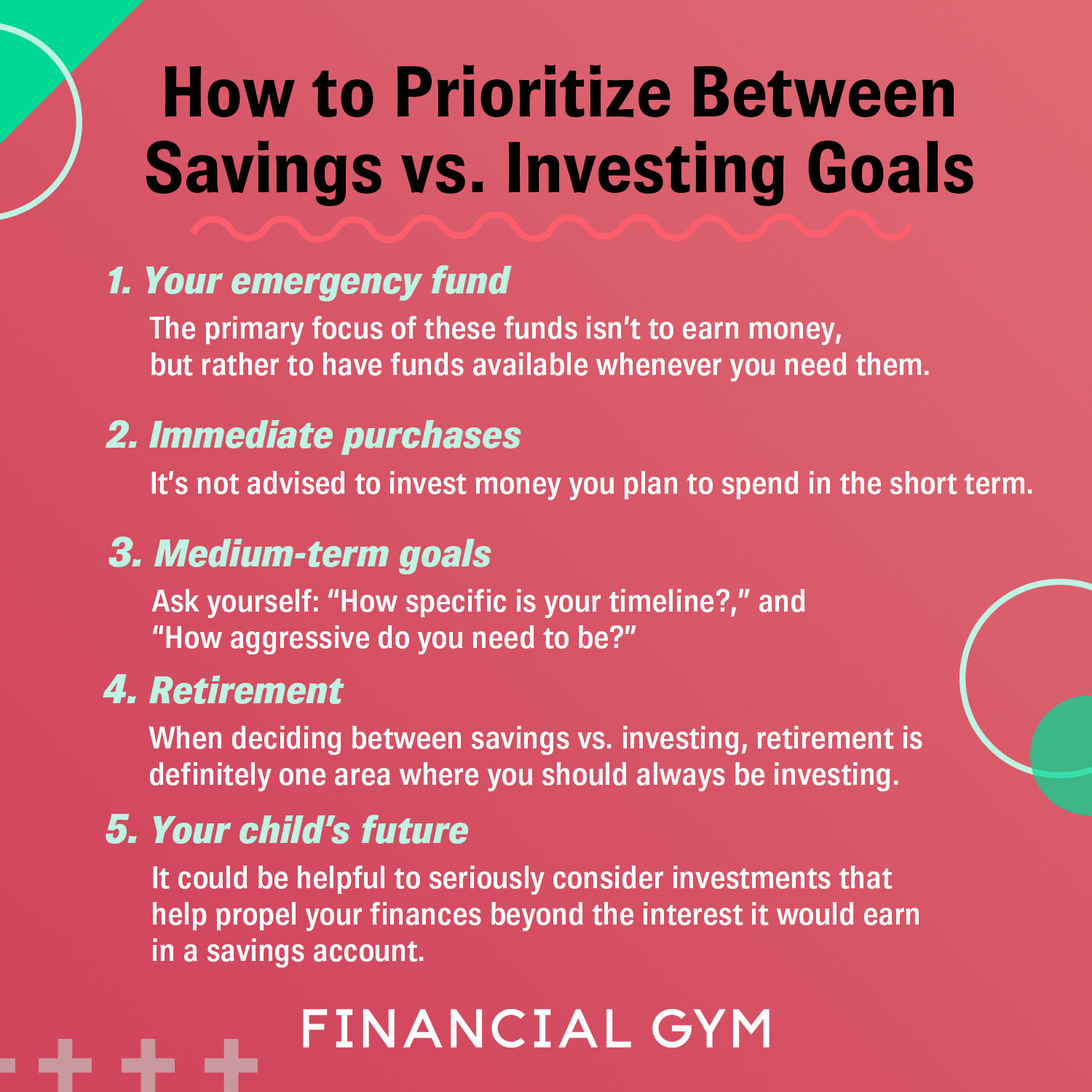
If you're unsure about how to get started, here are a few basics: Leverage, Spreads, Currency pairs, and Futures markets. These basics will help you trade and make money immediately! These videos should be watched as well. We also explain the meaning of leverage and how you can make your money without having a financial background. These videos are great for beginners!
Leverage
Leverage is a strategy where a trader can borrow 100x their capital. Trading leverage allows traders to earn thousands of Pounds for each $100 they take on. This type trading allows them the opportunity to profit hugely from small movements in markets. But leverage can prove dangerous if it works against you. This article describes how to leverage forex trading.
Leverage allows one to increase his profits. While it is a great thing when the market favors traders, it can lead to a disastrous trade if it loses. Leverage comes with a high fee so most traders don't use their entire account balance as margin. Trades can be made up to ten-fold with as little as $400.

Spreads
Forex spreads change based on market risk factors, supply and demand, and forex spreads. They increase in low activity periods and decrease in high activity periods. With some exceptions, the New York session overlaps with London sessions to see the lowest spreads. Demo accounts or virtual funds can be used to practice forex trading before you move onto live trading. A live account will give you access to additional features such as chart forums.
Remember that economic data has an effect on spreads. Although no one can forecast forex news or economic trends, it is possible to adjust your spreads accordingly. Scalping is a popular trading strategy. It involves short-term trades that aim to capture five to 10 pips. Spreads for forex trading fluctuate depending upon news. However, most scalpers aim only to trade for one to fifteen minutes and make between five and 10 points per trade.
Currency pairs
In forex trading, the most important thing to understand is how currency pairs work. These pairs are based on the major currencies of different countries. These pairs are free-floating, and they fluctuate in accordance with the main market forces - demand and supply. The price of a currency that is in high demand will increase. In the opposite direction, if there's a shortage of a currency, its value will fall.
Forex trading is similar to other trading activities in that currency pairs are used in the same way. These currencies allow you to simultaneously buy and sell two currencies. There are a few rules that apply to currency pairs. You could, for example, buy Danish krone in Russian rubles and then sell it when its value increases. To be successful in trading, however, you need to first predict how the currency pair will perform. To do so, you can monitor global financial news announcements and learn how to spot trends in currency pairs.

Futures markets
Currency traders make a purchase to buy or sell a currency contract. The currency they are purchasing will be delivered to them. These contracts are physically settled so they trade daily Monday through Friday, with a 1-hour break between the 5:00 PM and 6:00 pm EST timespan. Futures contracts may be either index, micro or equity. Index futures are growing in popularity.
There are many benefits to trading futures. Futures are an excellent way of diversifying one's investment portfolio. Futures allow investors to take advantage of future market events. In addition, these contracts provide direct access to specific asset classes. Furthermore, traders can use them as a hedge, balancing their risk exposure by buying and selling them based on the direction the market is likely to move. They can also be used to allow traders trade in bullish as well as bearish stances because they have the same margin requirements.
FAQ
What are the benefits to owning stocks
Stocks are more volatile than bonds. Stocks will lose a lot of value if a company goes bankrupt.
But, shares will increase if the company grows.
Companies usually issue new shares to raise capital. This allows investors the opportunity to purchase more shares.
To borrow money, companies can use debt finance. This allows them to get cheap credit that will allow them to grow faster.
If a company makes a great product, people will buy it. The stock's price will rise as more people demand it.
Stock prices should rise as long as the company produces products people want.
What is the difference between non-marketable and marketable securities?
The main differences are that non-marketable securities have less liquidity, lower trading volumes, and higher transaction costs. Marketable securities can be traded on exchanges. They have more liquidity and trade volume. Because they trade 24/7, they offer better price discovery and liquidity. There are exceptions to this rule. For instance, mutual funds may not be traded on public markets because they are only accessible to institutional investors.
Non-marketable securities tend to be riskier than marketable ones. They typically have lower yields than marketable securities and require higher initial capital deposit. Marketable securities are generally safer and easier to deal with than non-marketable ones.
A large corporation may have a better chance of repaying a bond than one issued to a small company. The reason is that the former is likely to have a strong balance sheet while the latter may not.
Because they can make higher portfolio returns, investment companies prefer to hold marketable securities.
Are bonds tradable?
They are, indeed! They can be traded on the same exchanges as shares. They have been for many years now.
They are different in that you can't buy bonds directly from the issuer. A broker must buy them for you.
Because there are less intermediaries, buying bonds is easier. This means that you will have to find someone who is willing to buy your bond.
There are different types of bonds available. Some bonds pay interest at regular intervals and others do not.
Some pay quarterly interest, while others pay annual interest. These differences make it possible to compare bonds.
Bonds are a great way to invest money. You would get 0.75% interest annually if you invested PS10,000 in savings. You would earn 12.5% per annum if you put the same amount into a 10-year government bond.
If all of these investments were put into a portfolio, the total return would be greater if the bond investment was used.
Statistics
- Our focus on Main Street investors reflects the fact that American households own $38 trillion worth of equities, more than 59 percent of the U.S. equity market either directly or indirectly through mutual funds, retirement accounts, and other investments. (sec.gov)
- The S&P 500 has grown about 10.5% per year since its establishment in the 1920s. (investopedia.com)
- US resident who opens a new IBKR Pro individual or joint account receives a 0.25% rate reduction on margin loans. (nerdwallet.com)
- Individuals with very limited financial experience are either terrified by horror stories of average investors losing 50% of their portfolio value or are beguiled by "hot tips" that bear the promise of huge rewards but seldom pay off. (investopedia.com)
External Links
How To
How to trade in the Stock Market
Stock trading is a process of buying and selling stocks, bonds, commodities, currencies, derivatives, etc. Trading is French for traiteur, which means that someone buys and then sells. Traders sell and buy securities to make profit. This type of investment is the oldest.
There are many ways you can invest in the stock exchange. There are three types that you can invest in the stock market: active, passive, or hybrid. Passive investors do nothing except watch their investments grow while actively traded investors try to pick winning companies and profit from them. Hybrid investors take a mix of both these approaches.
Index funds track broad indices, such as S&P 500 or Dow Jones Industrial Average. Passive investment is achieved through index funds. This is a popular way to diversify your portfolio without taking on any risk. You just sit back and let your investments work for you.
Active investing is about picking specific companies to analyze their performance. An active investor will examine things like earnings growth and return on equity. They decide whether or not they want to invest in shares of the company. They will purchase shares if they believe the company is undervalued and wait for the price to rise. They will wait for the price of the stock to fall if they believe the company has too much value.
Hybrid investment combines elements of active and passive investing. You might choose a fund that tracks multiple stocks but also wish to pick several companies. In this case, you would put part of your portfolio into a passively managed fund and another part into a collection of actively managed funds.